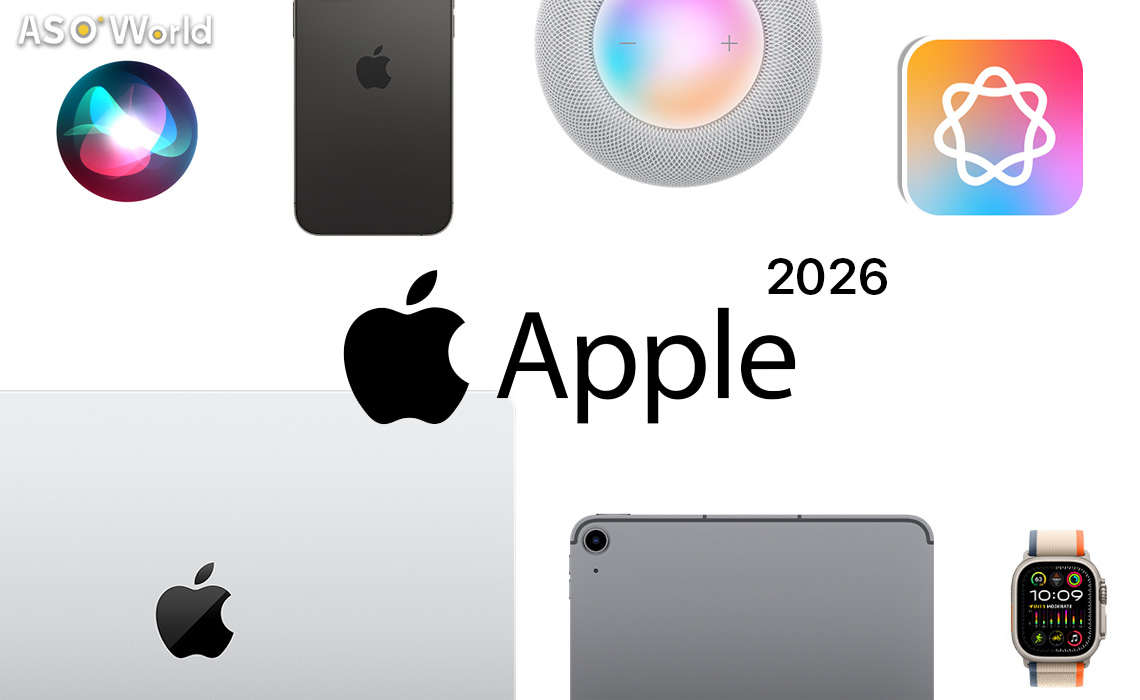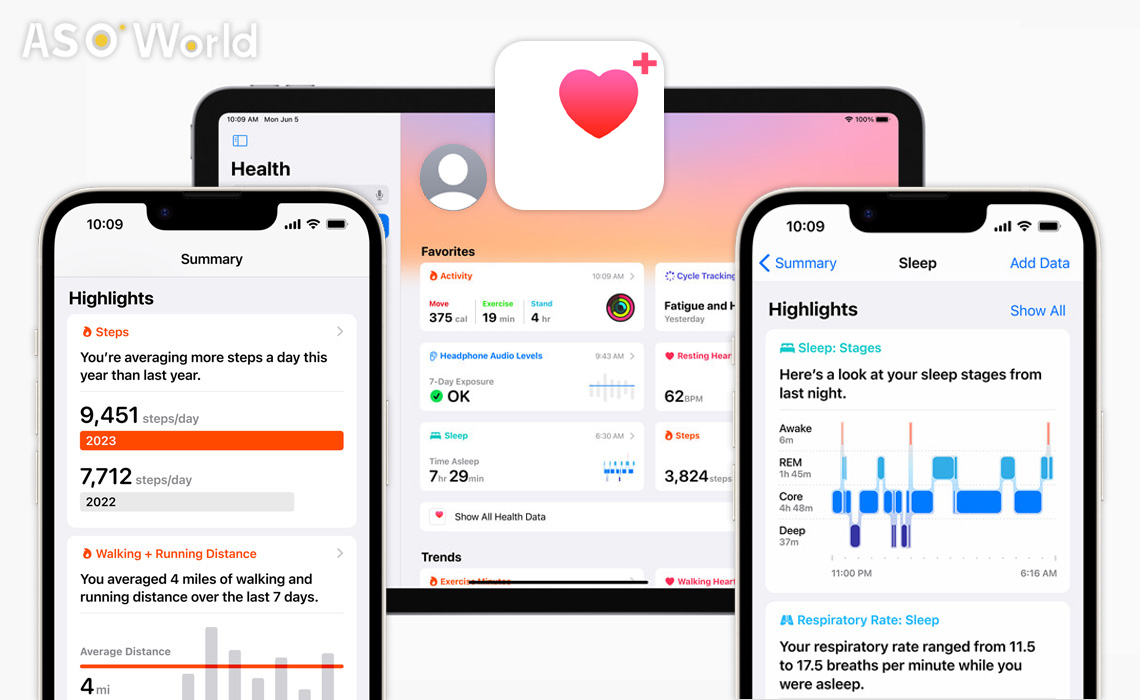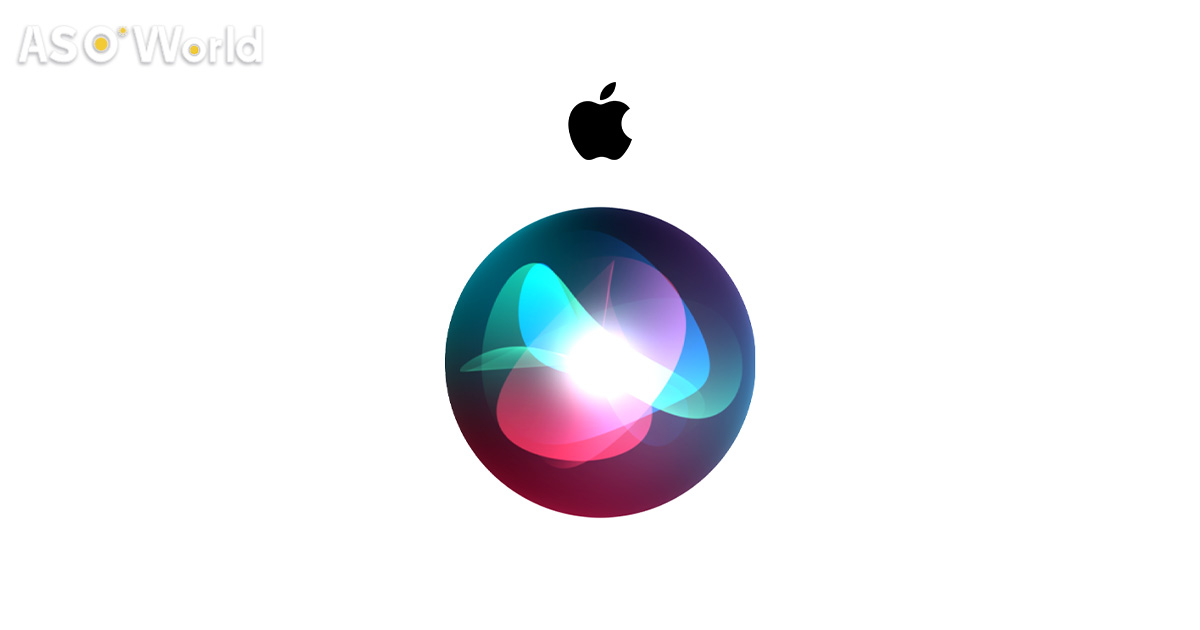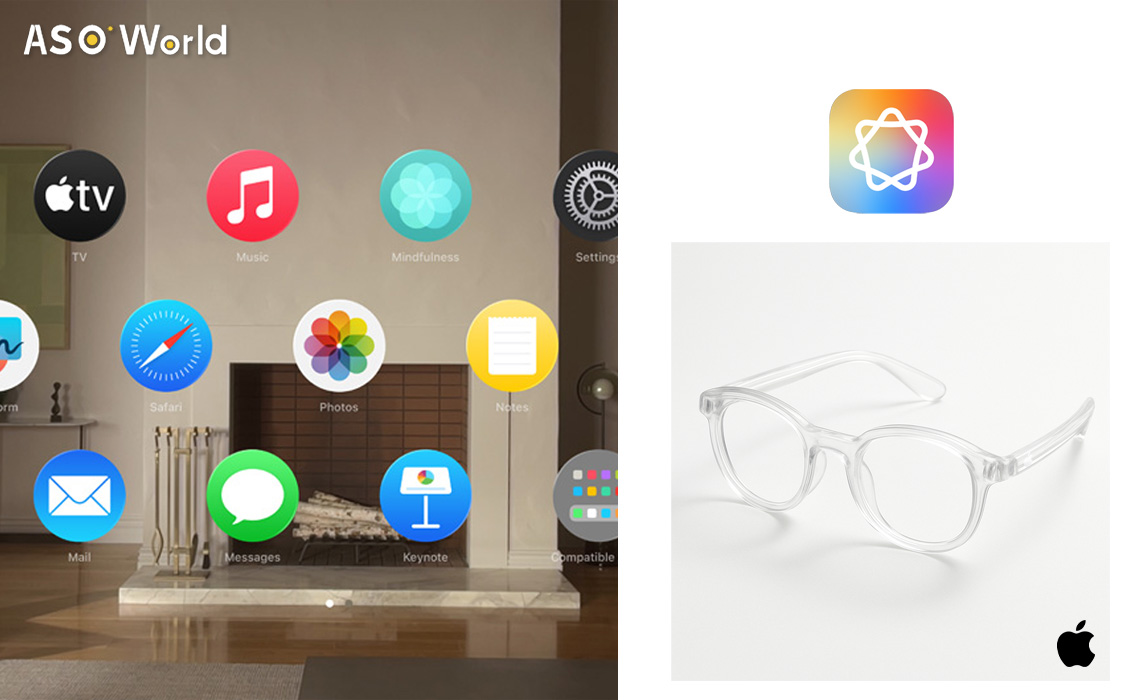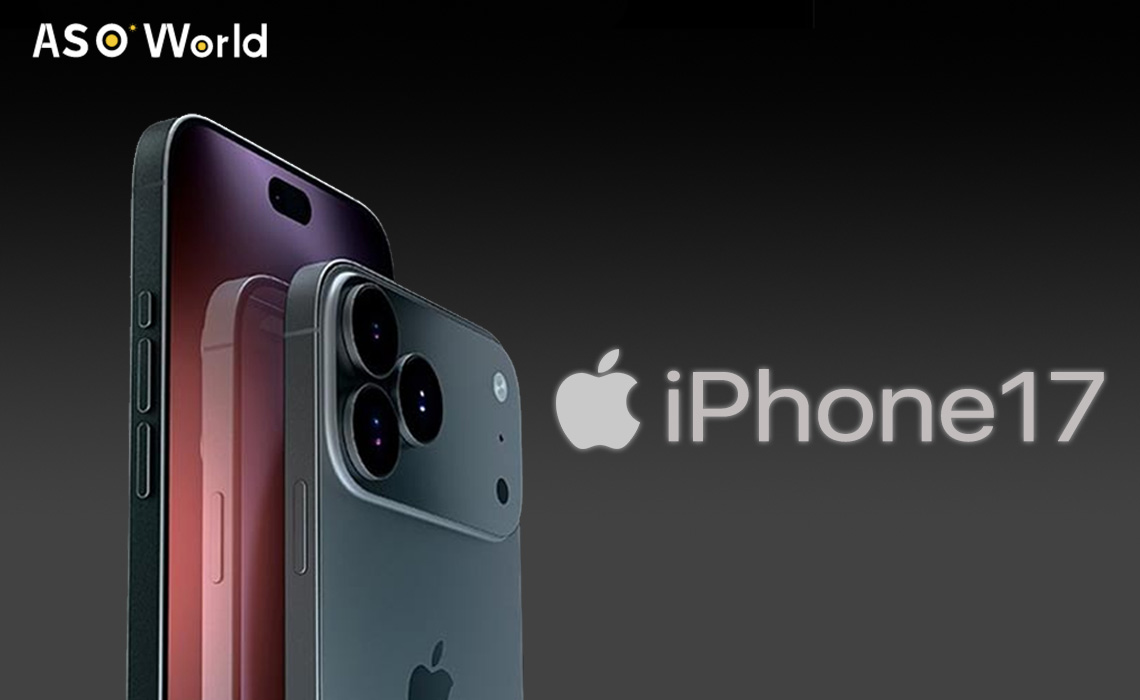As Apple approaches its 50th anniversary, expectations are building for what could become one of its most ambitious years to date.
Analysts anticipate that the company will unveil up to fifteen new products across its core device lines throughout 2026.
While Apple has yet to confirm any specifics, supply chain trends and development patterns point to a broad refresh covering iPhones, iPads, Macs, wearables, and home devices—signalling a pivotal moment in Apple's hardware and ecosystem evolution.
Upcoming Products
iPhone and Foldable Devices
Apple's smartphone lineup is poised to take centre stage in 2026.
The upcoming iPhone 18 Pro models are expected to debut Apple's next-generation chip and an in-house modem—signalling a decisive step toward reducing reliance on third-party components.
A sleeker design and upgraded cameras are on the horizon, with AI-powered photography expected to play a much greater role in image processing.
Meanwhile, Apple is reportedly developing a foldable iPhone, its first major design shift in years, aimed squarely at the ultra-premium market.
At the other end of the range, a more affordable model—likely branded iPhone 17e—could arrive earlier in the year, extending Apple's strategy of pairing high-end innovation with accessible entry options.
iPad Lineup
Apple's iPad lineup is also set for a major refresh in 2026.
A twelfth-generation iPad is expected to arrive early in the year, bringing performance boosts designed for education and productivity users.
The iPad Air may upgrade to the M4 chip, narrowing the gap between Apple's tablets and entry-level Macs, while the iPad mini is rumoured to adopt an OLED display, offering richer contrast and improved power efficiency.
Together, these updates would unify the iPad family more closely under Apple's evolving chip architecture, ensuring longer software longevity and consistent performance across the range.
Mac Series
Apple's Mac lineup is reportedly entering its next major phase of evolution.
New MacBook Air and MacBook Pro models powered by the M5 chip are expected to launch in the first half of 2026, followed by M6-based configurations aimed at professional users later in the year.
Design updates may include a thinner chassis, narrower bezels, and the long-awaited OLED displays, promising sharper visuals and improved energy efficiency.
Meanwhile, desktop systems such as the Mac mini and Mac Studio are also tipped for upgrades, bringing performance and efficiency gains that further solidify Apple's transition beyond its Intel-era architecture.
Wearables and Home Devices
In the wearables category, the next-generation Apple Watch may arrive with improved health-tracking sensors and expanded satellite connectivity, reflecting Apple's ongoing investment in personal health technology.
On the home front, the company is said to be preparing new devices aimed at integrating AI-powered automation—potentially including a smart display and a home security camera.
These products are expected to deepen cross-device functionality, bridging Apple's ecosystem between mobility, wellness, and home intelligence.
Schedule & Development Outlook
Projected Launch Cadence
Apple's 2026 releases are expected to follow a familiar rhythm, beginning in spring and extending through late autumn.
Early launches are likely to include iPads and new home products, with major iPhone and Apple Watch updates scheduled for the latter half of the year.
The rollout pattern mirrors Apple's established cycle, maintaining momentum across multiple quarters while ensuring product availability ahead of peak sales seasons.
Production and Supply Chain Factors
Behind the scenes, supply chain indicators such as OLED panel production, chipset assembly, and logistics preparations suggest that Apple is already laying the groundwork for large-scale releases.
The company's shift to in-house components could streamline coordination and improve production efficiency, though challenges such as component shortages or regional regulations could still affect timing.
Apple's past cycles—such as the Vision Pro's delayed rollout—illustrate how even small disruptions can ripple through its tightly controlled schedules.
Software and Ecosystem Integration
Software development is expected to progress in tandem with hardware releases.
A next-generation Siri, featuring enhanced on-device intelligence and broader AI integration, is reportedly in testing for early 2026.
These updates are designed to strengthen cross-platform automation and voice control across iPhone, Mac, and home devices.
Additionally, prototypes of smart glasses could be previewed alongside software demonstrations, hinting at Apple's longer-term ambitions in spatial computing.
While full commercialisation may take time, these developments underline Apple's intent to build a more cohesive and intelligent ecosystem.

Editor's Comments
The 2026 product cycle appears poised to mark a defining chapter for Apple—both as a commemoration of its legacy and as a strategic reset for the decade ahead.
The combination of custom silicon, foldable form factors, and intelligent software suggests a company intent on reinforcing its control over every layer of the user experience.
If successful, the introduction of in-house connectivity solutions and new display technologies could further distance Apple from competitors, while driving new standards for integration and design.
Execution, however, will remain critical: supply chain reliability, OLED yield rates, and balancing innovation with accessibility will determine how effectively Apple can deliver on its expansive vision.
For consumers and developers alike, 2026 could be a milestone year that reshapes the rhythm of Apple's entire ecosystem.
